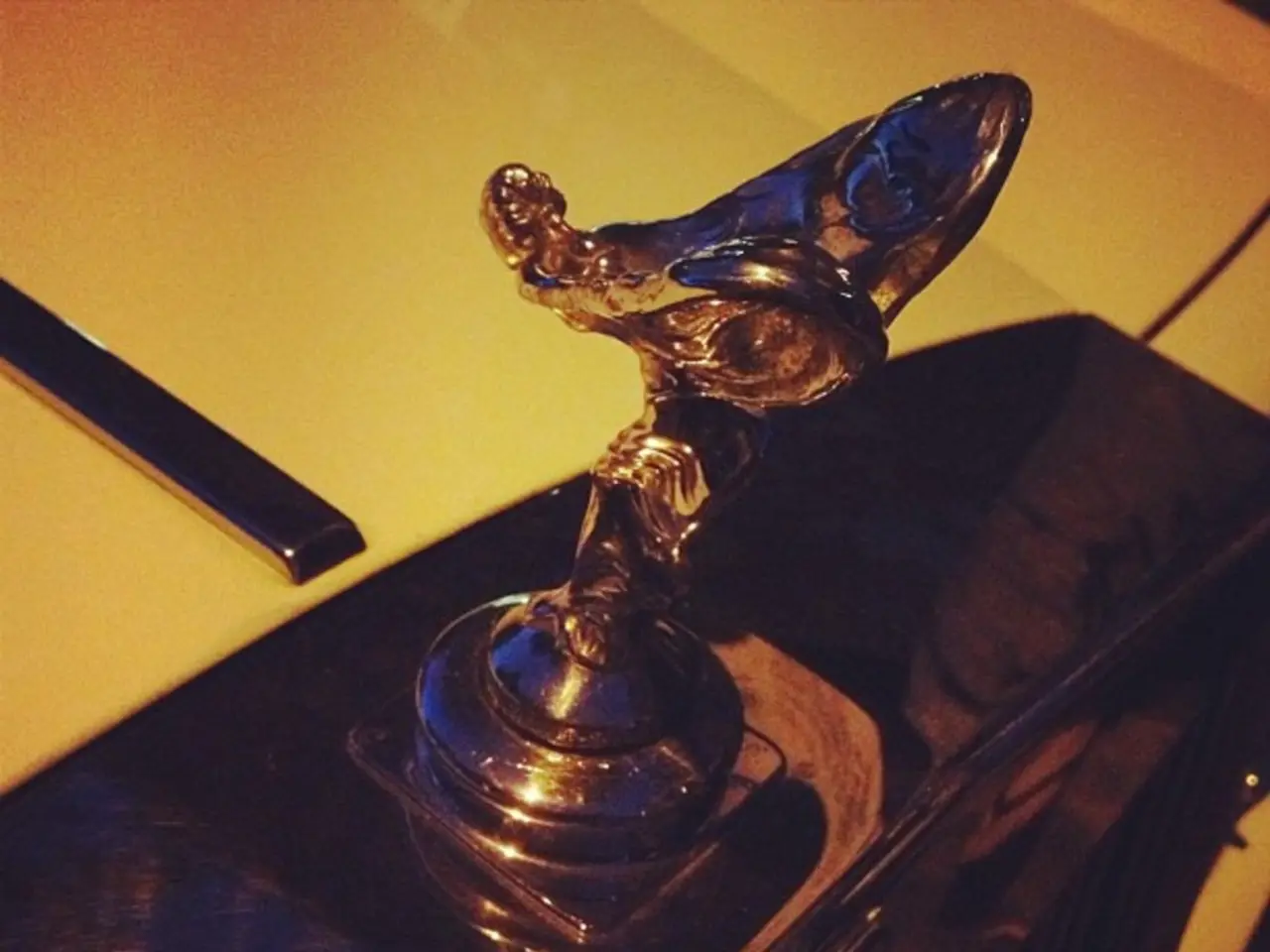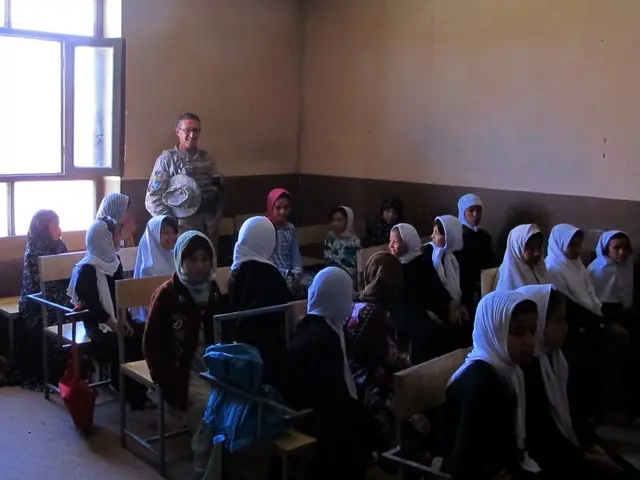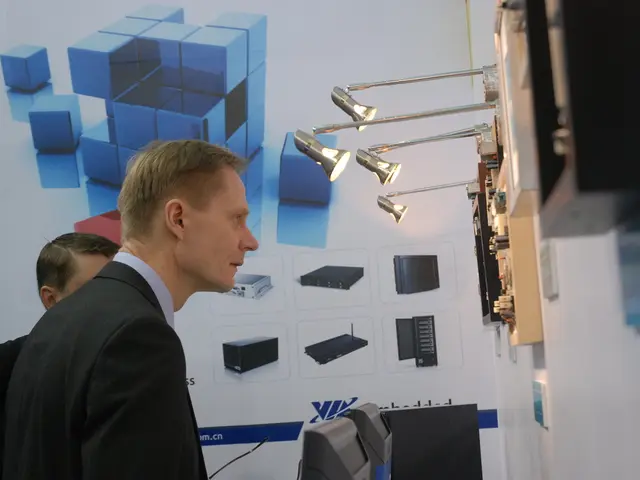Repairing Damaged Auto Bodies: Focus on Aluminum and Composite Materials in Collision Repair Industry
===========================================================================================
In the rapidly evolving world of auto body repair, staying ahead of the curve is crucial. That's where ATC Surrey's Auto Body & Collision Repair Course comes in, equipping students with the specialized skills needed to work on today's lightweight vehicles made of aluminum and composite materials.
Modern vehicles, including next-gen electric models, increasingly use these materials in hoods, doors, fenders, and vehicle frames. Traditional welding and repair techniques may not be safe or effective for these materials, necessitating a shift towards new methods.
The course covers a range of essential skills, including:
Specialized welding and bonding techniques for aluminum
Technicians must master MIG welding for aluminum and control heat-affected zones to maintain structural integrity. They also learn about manufacturer-approved repair procedures and ICAR Gold Class standards to ensure safety and quality.
Heat treatment and joint design knowledge to maintain strength and integrity
Understanding how to design joints and control heat during repairs is vital to preserving the strength and integrity of aluminum structures.
Corrosion protection and surface preparation skills tailored for aluminum alloys
Corrosion resistance is critical when working with aluminum. Technicians learn about specific coatings, surface preparation steps, and primer applications to prevent corrosion and ensure a durable finish.
Mastery of composite repair processes including molding, curing, and bonding of advanced materials
Repairing composites like carbon fiber and reinforced plastics requires a different set of knowledge and equipment. Technicians learn about specialized manufacturing and bonding processes, such as spray-up and compression molding techniques, handling of prepregs, liquid polyurethane forming, and curing.
Ongoing certification and training
To stay current with evolving repair technologies and manufacturer guidelines, technicians need ongoing certification and training. The course prepares students for I-CAR Platinum and OEM-specific certifications.
The training at ATC Surrey focuses on what's happening in the field right now. Students learn proper cleaning, cutting, and bonding techniques for aluminum, and get hands-on practice with industry tools and equipment for aluminum and composite repairs.
The curriculum of the course is shaped by what employers are asking for today. Graduates of the auto body program are ready to work on a wider range of vehicles, including next-gen electric vehicles made of aluminum and composites.
Interested individuals can contact ATC Surrey for more information about the Auto Body & Collision Repair Course. With this comprehensive training, you can confidently step into the job market with the skills needed to excel in the modern auto body repair industry.
[1] ICAR Gold Class Standards [2] Aluminum Surface Preparation and Coating [3] Composite Repair Techniques [4] MIG Welding for Aluminum
In the realm of education and self-development, ATC Surrey's Auto Body & Collision Repair Course equips students with specialized skills needed for modern automotive repair, including MIG welding for aluminum and advanced composite repair techniques. To maintain productivity in today's tech-driven industry, ongoing certification and training in ICAR Gold Class Standards are crucial for mastering aluminum surface preparation and coating, as well as mastering composite repair techniques.




